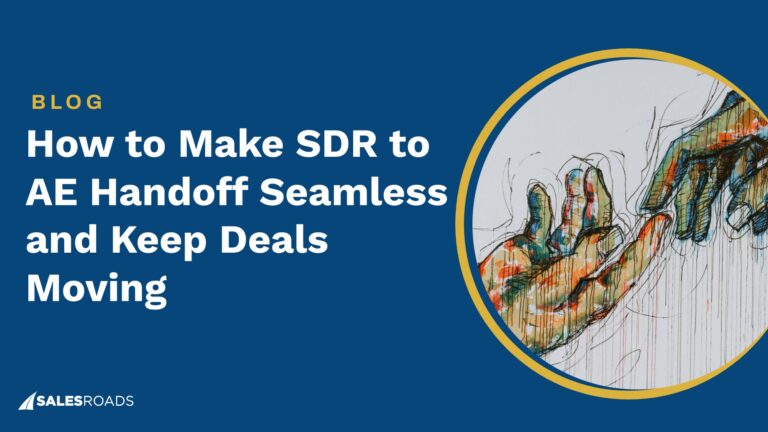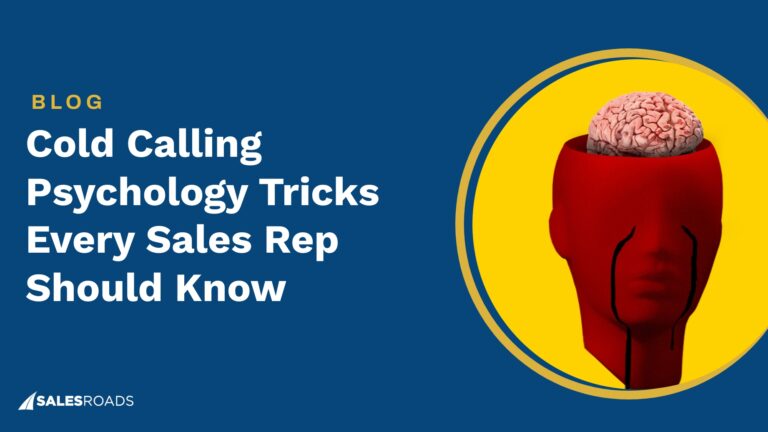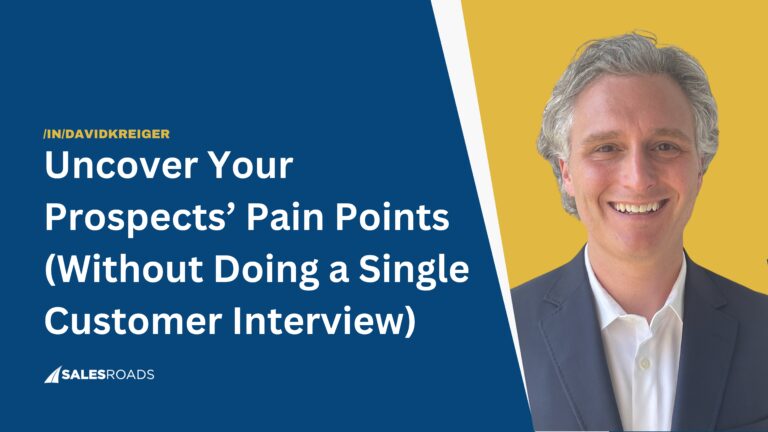Long sales cycles, endless follow-ups, and deals that stall for reasons no one can quite explain… And even worse is that a slow-moving sales process costs you revenue, resources, and momentum.
But the good news is that you don’t need to sacrifice deal quality to speed things up.
By taking a more intentional approach to your sales process, you can shorten the sales cycle, improve win rates, and close with confidence.
Why B2B Sales Cycles Drag On?
The B2B sales cycle is rarely fast. The average cycle length is approximately 102 days. This duration reflects the time from initial contact with a potential customer to the final closing of a deal.
Unlike B2C transactions, B2B deals involve multiple decision-makers, long approval processes, and higher price points. That complexity can slow everything down.
One major reason the B2B sales cycle drags on is a lack of urgency. If the buyer doesn’t see a clear business case or pressing need, they’re more likely to delay decisions. Sales reps often focus too much on features and not enough on outcomes. Without a clear value proposition, deals stall.
Another issue is unclear stakeholder alignment. In many B2B deals, you’re not selling to one person — you’re selling to a buying committee. If you don’t identify all the key decision-makers early and get them on the same page, you’re going to hit roadblocks.
Poor qualification is also a silent killer. If a rep chases the wrong prospect or skips steps in the discovery phase, they end up spending time on opportunities that will never close. That’s why a solid qualification is essential if you want to shorten the sales cycle.
Internal friction within the buyer’s company can also stretch timelines. Budget reviews, shifting priorities, and legal reviews are common culprits. While you can’t control all of that, you can guide the process by setting expectations and helping buyers navigate their own systems.
Understanding why delays happen is the first step. Once you know the pain points, you can work proactively to address them and figure out how to shorten the sales cycle without cutting corners.
8 Strategies to Shorten Your B2B Sales Cycle Without Sacrificing Quality
Shortening your B2B sales cycle isn’t about rushing a decision or applying pressure. It’s about removing the friction points that slow deals down and creating a buying process that feels clear, helpful, and low-risk for your prospects.
Let’s walk through eight effective strategies to shorten the sales cycle without cutting corners or sacrificing quality.
Set Clear Qualification Standards Early
Speed starts with focus.
If your reps spend time nurturing prospects who don’t have the budget, authority, or urgency to buy, you’re wasting valuable time, and clogging your pipeline. That’s why tight qualification is one of the most effective ways to shorten the B2B sales cycle.
Adopt a proven framework like BANT (Budget, Authority, Need, Timing) or MEDDIC to guide early conversations. Go beyond surface-level questions and really dig into whether the problem you solve is a priority for the business right now.
For example, instead of asking “Do you have a budget?” ask “What happens if this issue isn’t resolved this quarter?” That gives you more insight into urgency and whether it’s worth investing time.
Train your team to qualify consistently. The goal is to remove uncertainty early so that reps only move forward with opportunities that are real, viable, and likely to close.
Leverage Automation and Sales Enablement Tools
Manual work slows sales teams down. Following up on leads, organizing notes, and sending proposals — it all takes time that could be spent selling.
Automation tools and sales enablement platforms can take a lot of that work off your plate, allowing reps to focus on what matters most: building relationships and closing deals.
Use tools like HubSpot, Outreach, or Salesloft to automate follow-ups, task reminders, and email sequences. Create smart templates for different stages of the sales cycle so reps don’t have to start from scratch every time.
In the episode of Sell Like A Leader Podcast,where David Kreiger welcomed Danny Wasserman, he discusses Conversation Intelligence (CI) and Revenue Intelligence (RI) tools. He explains how CI helps aggregate call data, isolate trends, measure impact on win rates and sales cycles, while RI takes this further by embedding insights into prospecting and forecasting.
Danny notes that these tools bring objectivity to deal reviews and forecasting. Listen to the full episode here:
Used correctly, automation removes dead time between touches and keeps momentum going. It also ensures no lead slips through the cracks, which is critical when you’re trying to shorten the sales cycle at scale.
Align Sales and Marketing for Smoother Handoffs
When sales and marketing operate in silos, leads fall through the cracks and momentum is lost. Misaligned teams often struggle with handoffs, lead quality, and content that doesn’t support what buyers really care about.
Create a shared definition of a qualified lead. Agree on what “sales-ready” actually means, and make sure both teams track performance against that definition.
Collaborate on the messaging, personas, and content that support the B2B sales cycle — not just top-of-funnel awareness.
Regular alignment meetings between sales and marketing should include feedback on lead quality, conversion rates, and what’s slowing things down. The better the collaboration, the faster the handoffs — and the shorter the path to closed-won.
Address Common Objections Before They Arise
Sales reps often treat objections as roadblocks — but in reality, most of them are predictable and preventable.
Buyers are cautious. They’re trying to avoid risk, justify their investment, and make the right call. If you want to shorten your sales cycle, you need to anticipate those concerns and deal with them proactively.
Start by identifying your most common objections. These might include: price, integration complexity, lack of internal resources, or concerns over vendor reliability. Then, bake your answers into your standard sales process.
For example, include a slide in your deck that addresses pricing ROI or how long implementation typically takes. Share a client case study that shows a successful rollout in a similar environment. Offer pre-emptive answers during your demo or proposal walkthrough.
This approach makes your buyer feel seen and reduces hesitation.
Streamline Your Proposal and Approval Process
Your buyer may be ready to say yes, but your internal process can still slow things down. Many B2B companies unintentionally extend their sales cycles by having clunky proposal or approval processes.
To fix this, standardize your proposal templates. Build ready-to-go commercial terms that legal has already reviewed and approved. That way, reps can send a proposal quickly and confidently, without starting from scratch.
The faster you can get a clean, accurate, and appealing proposal into your buyer’s hands — and get it approved internally — the faster your deal will close.
Build Trust Faster With Social Proof
Trust is one of the biggest accelerators in the B2B sales cycle. When buyers feel confident that your product works and your company delivers, they’re far more likely to move forward quickly.
And the best way to build that trust fast is with social proof.
Use tailored case studies, especially ones from similar industries or company sizes. Share metrics that demonstrate ROI or specific wins. Bring up customer logos they’ll recognize, and offer client references when appropriate.
Another powerful tactic is to embed testimonials in your presentations or follow-up emails. A short quote from a satisfied customer can do more to ease doubt than a whole paragraph from your sales deck.
Maintain Quality Through Personalization
Personalized outreach creates relevance and earns attention. That means more responses, more meetings, and shorter paths to closed deals.
Reference the buyer’s role, recent company news, or challenges specific to their industry. In demos and proposals, focus on how your solution solves their specific problems, not just a generic list of features.
Use templates to stay efficient, but leave room to customize the first few lines, value proposition, and call-to-action. Buyers can tell when you’re speaking directly to them, and that human touch makes them more likely to engage quickly.
Today, B2B buyers expect personalization. Meeting that expectation earns you trust, attention, and speed — all without sacrificing professionalism or quality.
Measure, Optimize, Repeat
If you’re not measuring each stage of your B2B sales cycle, you’re flying blind. You might know how long the full sales process takes, but do you know where deals slow down most? Or which reps consistently close faster and why?
Start by tracking time-in-stage metrics: how long deals sit in each step, from discovery to proposal to close. Break it down by rep, product, or deal size. Look at conversion rates between each stage and identify where you’re losing momentum.
Then use those insights to improve. If you notice deals stall after the demo, maybe the pitch needs tightening.
Review your data regularly and make small, controlled changes. Over time, these optimizations stack up. You’ll build a sales engine that’s not just faster, but more predictable and scalable.
Bottom Line
Shortening the B2B sales cycle isn’t about cutting corners — it’s about removing friction.
When you qualify smarter, automate where it counts, and stay laser-focused on buyer needs, you don’t just move faster, you close better. Fast, high-quality sales come from systems that respect your buyer’s time and empower your team to deliver value at every step.











